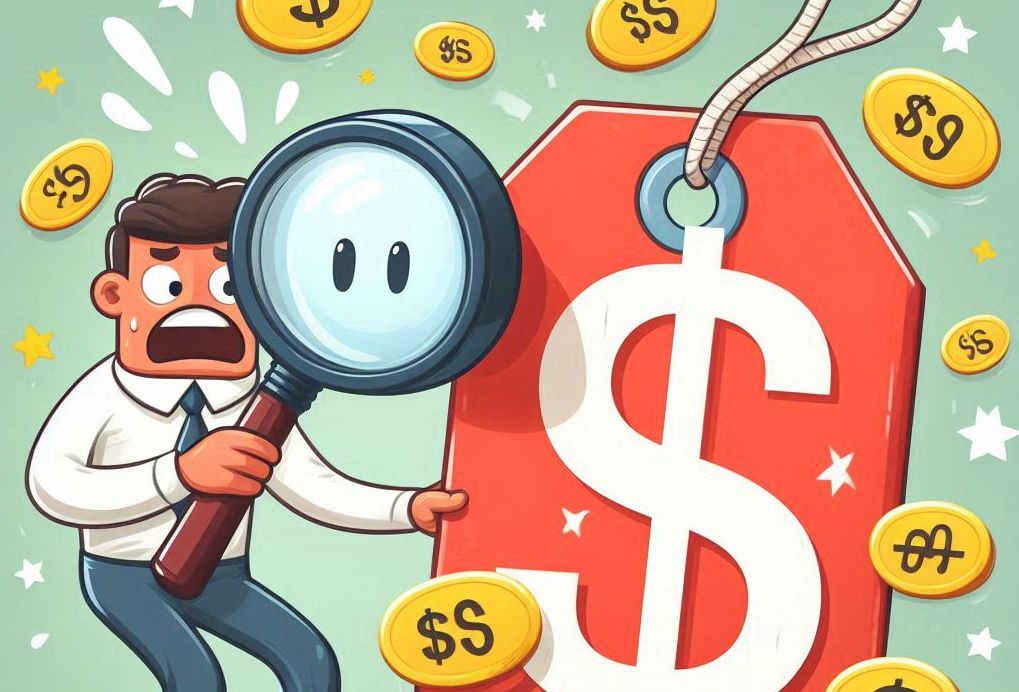In the quest to efficiently transform spoken words into written text, the allure of “free” transcription tools can be strong. After all, who doesn’t love saving a buck, especially when dealing with a mountain of audio? However, while these complimentary options can be a starting point for very basic needs, it’s crucial for oral historians, researchers, and professionals to understand their often hidden limitations and long-term costs. What might seem like a win for your wallet can quickly become a drain on your time, accuracy, and overall project quality.
The Allure of “Free” – And Where It Ends

Many free transcription tools, especially those relying solely on Artificial Intelligence (AI), promise quick turnaround times and effortless conversion. They often leverage basic speech-to-text algorithms readily available. For a short, clear audio clip with perfect pronunciation and no background noise, they might even deliver a somewhat usable draft.
But the reality of most oral history interviews, lectures, or natural conversations is far more complex. This is where the cracks in the “free” facade begin to show.
Key Limitations of Free Transcription Tools:

Accuracy Takes a Nosedive: This is arguably the biggest drawback. Free AI transcription often struggles immensely with:
- Accents and Dialects: AI is typically trained on vast datasets of standard speech. Regional accents, non-native English speakers, or unique vocal patterns can lead to significant errors and nonsensical outputs.
- Background Noise: The hum of a fan, a passing vehicle, or even a subtle cough can throw free algorithms off completely, leading to garbled text.
- Multiple Speakers: Identifying and differentiating between speakers is a major hurdle. You’ll often get a block of text without any indication of who said what, making comprehension a nightmare.
- Technical Jargon & Proper Nouns: Specialized terminology, unique place names, or unfamiliar proper nouns are frequently mistranscribed, leading to factual inaccuracies.
- Emotional Nuance: AI captures words, but misses the emotional context, sarcasm, or emphasis conveyed through tone.
Lack of Speaker Identification: Imagine an interview with two or more people, and the transcript is just one long paragraph. You’ll spend hours manually dissecting who said what, effectively doubling your workload.
No Customization or Formatting: Free tools rarely offer options for custom formatting, timestamps, or specific notation styles (like indicating laughter, pauses, or interruptions). This means extensive post-transcription editing to meet academic or archival standards.
Limited Audio Quality Tolerance: If your audio isn’t crystal clear (and let’s be honest, rarely is raw interview audio perfect), free tools often produce transcripts that are more error than useful content. They don’t have the sophisticated noise reduction or speech enhancement capabilities found in professional services.
Privacy and Security Concerns: When you upload sensitive interview audio to a free online service, you often have little control over how that data is stored, processed, or used. For oral historians dealing with personal stories, this can be a significant ethical and privacy risk.
Time-Consuming Editing: While seemingly “free,” the time you spend correcting errors, adding speaker labels, formatting, and deciphering unintelligible sections can far exceed the cost of a paid service or tool. This “hidden cost” in labor can quickly become prohibitive.
The True Value of Quality Transcription

For serious oral history projects, academic research, legal proceedings, or any endeavor where accuracy and context are paramount, relying solely on free transcription tools can be a false economy. The hours lost in manual correction, the risk of misrepresenting a speaker’s words, and the potential for losing crucial nuance often outweigh the initial “cost savings.”
Investing in robust software like Express Scribe for control, PhraseExpress for typing efficiency, or, for the highest accuracy, utilizing professional human transcription services, ensures that the invaluable voices you capture are preserved authentically and effectively. Your research, your stories, and your time are simply too valuable to compromise.
